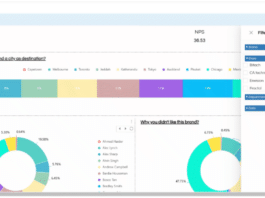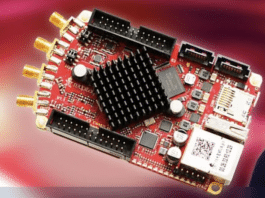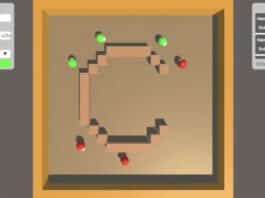
Google has announced the release of its Draco to enhance the present 3D graphics world and add significant improvements to the field of gaming, design and data visualisation. The latest development is additionally targeted to “help fuel” applications in immersive virtual reality (VR) and augmented reality (AR).
The Chrome Media team has developed Draco as an open source compression library. It improves the storage and transmission of 3D graphics and allows you to compress meshes as well as point-cloud data that helps the development of new AR and VR content.
“With Draco, applications using 3D graphics can be significantly smaller without compromising visual fidelity,” write Jamieson Brettle and Frank Galligan of the Chrome Media Team in a blog post.
Draco supports compressing points, connectivity information, texture coordinates, color information, normals and all other generic attributes associated with geometry. The new development enables apps to get their presence on devices at a faster pace. Likewise, the library empowers 3D graphics to load quicker in the browser and transmit AR and VR scenes with a fraction of the bandwidth.
JavaScript decoder also on the board
Developers can utilise the advanced functionality of Draco’s JavaScript decoder to transmit 3D graphics for their web applications in a shorter span of time. The Chrome Media team has released a video highlighting efficient transmitting and decoding of 3D objects in the browser, even through a poor network connection.
The code of Draco has been released on GitHub. Additionally, you can access its JavaScript decoder and incorporate the library with the three.js 3D viewer to test your developments.



